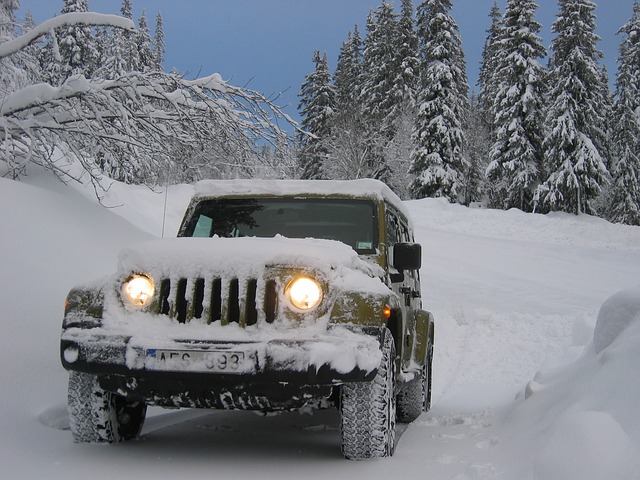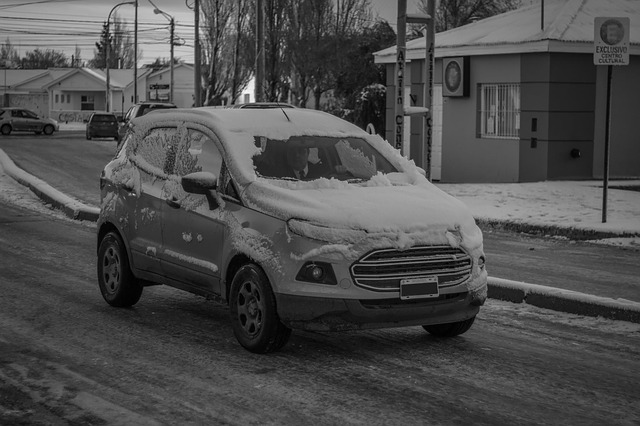
- On
- By
- Categories: Auto
Driving on snow and ice
The absolute basics are smooth, responsive steering, early deceleration, and light acceleration. It is important to feel the effect of inertia on the vehicle when it begins to slide or, conversely, when the skidding limit is still far away. Sudden steering maneuvers, sudden braking, or excessive acceleration can throw the car off the road and force the driver to work with his or her limbs to stabilize the vehicle.
Try what to expect in a critical situation
The best way to prepare for a critical situation is to try it out to see how the car will behave if the tires lose grip on a slippery surface. The best way to do this is to find a paved area off the road, preferably in a secluded parking lot where not many cars are parked to avoid damaging the car by skidding. Here you can test the car\’s behavior on slippery surfaces and its reactions to your cues in peace and without the time pressure associated with critical situations. Try emergency braking, sharp cornering, and evasive maneuvers. Experienced and confident drivers will enjoy the pleasure of sliding in all directions while flying through the snow. Just always keep in mind that such tests are not recommended in normal traffic. You may endanger other drivers by your actions, and the police will not take too kindly to your behavior.
Distance, Braking, and Throttle
On slippery surfaces, you should maintain a wider than normal distance between vehicles. The standard distance for reflector posts is 50 meters, but this distance is usually shorter in corners. Blue posts indicate areas where there is a high risk of freezing, such as bridges and overpasses. Red posts indicate exits from dedicated roads, such as dirt or forest roads. Use the gas pedal and brake pedals delicately and carefully, and for vehicles with manual gears, start in second gear. When traveling downhill, use the engine brake primarily for smooth deceleration.